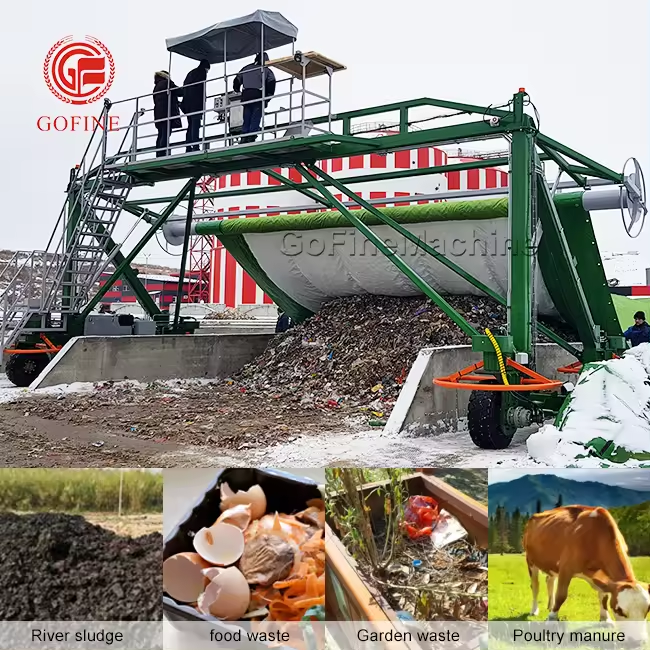The production of livestock manure
The pollutants produced by poultry and livestock breeding include solid waste (feces, dead livestock and poultry carcasses), water pollutants (breeding farm wastewater) and atmospheric pollutants (odorous gases). Among them, breeding wastewater and feces are the main pollutants, with large output and Complex sources and other characteristics. Its production volume and nature are related to livestock and poultry breeding types, breeding methods, breeding scale, production technology, feeding and management level, and climatic conditions. These pollution sources will have cross-dimensional impacts on rural atmosphere, water bodies, soil, and biological circles.
1. Solid fecal pollution
The amount of solid manure produced by livestock and poultry is related to the type of livestock and poultry, the nature of the farm, the management model, etc. The determination of the scale of solid manure treatment should be based on the actual production volume. Livestock manure contains a large amount of sodium and potassium salts. If used directly on farmland, it will reduce the micropores and permeability of the soil, destroy the soil structure, and harm plants.
2.Wastewater pollution
Farm wastewater usually mainly consists of urine, plastics (straw powder or wood chips, etc.), some or all of the remaining feces and feed residues, flushing water, and sometimes a small amount of wastewater generated during the production process of workers.
3. Air pollution
In addition to solid feces and sewage pollution in livestock farms, the air pollution within the farms cannot be ignored. The odor emitted by poultry houses mainly comes from the anaerobic decomposition of protein-containing wastes, including livestock and poultry manure, skin, hair, feed and litter. Most of the odor is produced by the anaerobic decomposition of feces and urine.
Principles of manure treatment
1. Basic principles
The principles of ‘reduction, harmlessness, resource utilization and ecology’ should be followed. Taking environmental quality as the benchmark, proceeding from reality, rational planning, combination of prevention and control, and comprehensive management.
2.Technical principles
Scientific planning and rational layout; development of clean breeding; comprehensive utilization of resources; integration of planting and breeding, ecological recycling; strict environmental supervision.
Livestock and poultry manure composting technology
1.Principles of composting
Compost mainly uses the action of a variety of microorganisms to mineralize, humify and render harmless the organic residues of animals and plants. It is a variety of complex organic nutrients and converts them into soluble nutrients and humus. The high temperature generated kills the germs, insect eggs and weed seeds brought by the raw material species to achieve the purpose of harmlessness.
2. Composting process
Warming stage, high temperature stage, cooling stage
Composting methods and equipment
1.Composting method:
Composting technology can be divided into aerobic composting, anaerobic composting and facultative composting according to the degree of oxygen demand of microorganisms. From the fermentation state, it can be divided into dynamic and static fermentation.
a.Wheel type compost turner:
b.Hydraulic lift type compost turner:
c.Chain plate compost turning machine;
d.Crawler type compost turning machine;
e.Vertical organic fertilizer fermenter;
f.Horizontal organic fertilizer fermenter;
Compost FAQs
The most important problem with livestock and poultry manure composting is the moisture problem:
First, the raw material moisture of livestock and poultry manure is high, and second, the moisture content of the semi-finished product after compost fermentation exceeds the standard moisture content of organic fertilizer. Therefore, livestock and poultry manure drying technology is very critical.
Poultry and livestock manure drying treatment uses energy such as fuel, solar energy, wind, etc. to process livestock manure. The purpose of drying is not only to reduce the moisture in the feces, but also to achieve deodorization and sterilization. Therefore, the livestock manure after drying and composting greatly reduces the pollution to the environment.
Post time: Apr-20-2024



